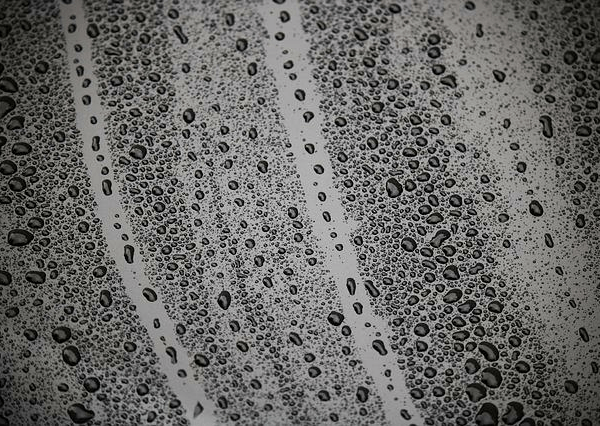How to bring traditional window designs from Goa and Karaikudi to the modern home
How to bring traditional window designs from Goa and Karaikudi to the modern home
Window shutters are the central and openable part of a window, fixed to the window frame by means of hinges. Shutters are the prominent aesthetic features of windows which also serve the important function of letting light and breeze into the building and allowing us a view to the outside world. The design (material and type) of the shutters therefore become a critical part of architecture of any building. Today, with myriad possibilities, the design of a window shutter can be interesting as well as challenging. As a first step we can take cues from our rich cultural heritage.
This article explores some traditional designs of window shutters across India which evolved due to local climate, culture and historical architectural influences.
‘Kharkhari’ windows of Calcutta: Inspired by colonial architecture, the ‘kharkhari’ is a louvred window with slats made of wood. A wooden rod fixed on the inside and attached to the wood slats would enable the louvres to move at varying angles as desired, allowing the user to control the amount of light, breeze and views as required. The system was perfect for the hot and humid weather conditions of Bengal. These windows would offer privacy from outside yet allow the occupants to observe the world outside. The adjustable angles of the slats would also prevent rain coming in. Kharkharis were primarily green in colour. This was because of the easy availability and affordability of the green pigment in powder form which was mixed with oil and adhesive and applied as paint.
Modern adaptation: This design still stays relevant today especially in hot climatic conditions as it avoids use of glass that can trap heat. It is fairly straightforward to recreate these type of shutters and we are seeing more of its usage today.
‘Shell’ windows of Goa: In Goa, traditionally, oyster shells were used instead of glass in window shutters. Being translucent, these shutters would let in light but not the heat. These shell window facades bring out the mixed cultural heritage of Goa — the influence of Portuguese architecture combined with the traditional skill and innovation of the local people. These ‘windowpane oysters’ were sourced from riverside beaches, in the Zuari estuary. The flatter shells were collected, cleaned, polished and shaped into squares or rectangles, and fitted to the windows’ grooved wooden slats. As the shells were not transparent, small cutouts within the window allowed a view outside. The varying shapes and sizes of these ‘peepholes’ would offer an additional touch of charm. Today, many of Goa’s shell windows remain preserved in the streets of Panaji.
Modern adaptation: As harvesting oyster shells is no longer environmentally sustainable, we could consider replacing the shells with frosted glass for similar window designs.
‘Jharokhas’ of Rajasthan: Formal and ornamental, jharokhas were widely used in medieval Indian architecture. Mostly made of stone, they are projecting windows, supported off the main wall by aesthetically carved brackets and enclosed with intricate stone or sometimes wood jaalis with or without openable shutters. Typically overlooking a street or market, jharokhas would provide a place for women to watch the outside world without being seen from outside. Jharokhas would also protect the main walls from direct heat and allow a breezeway in. Openable shutters …….
